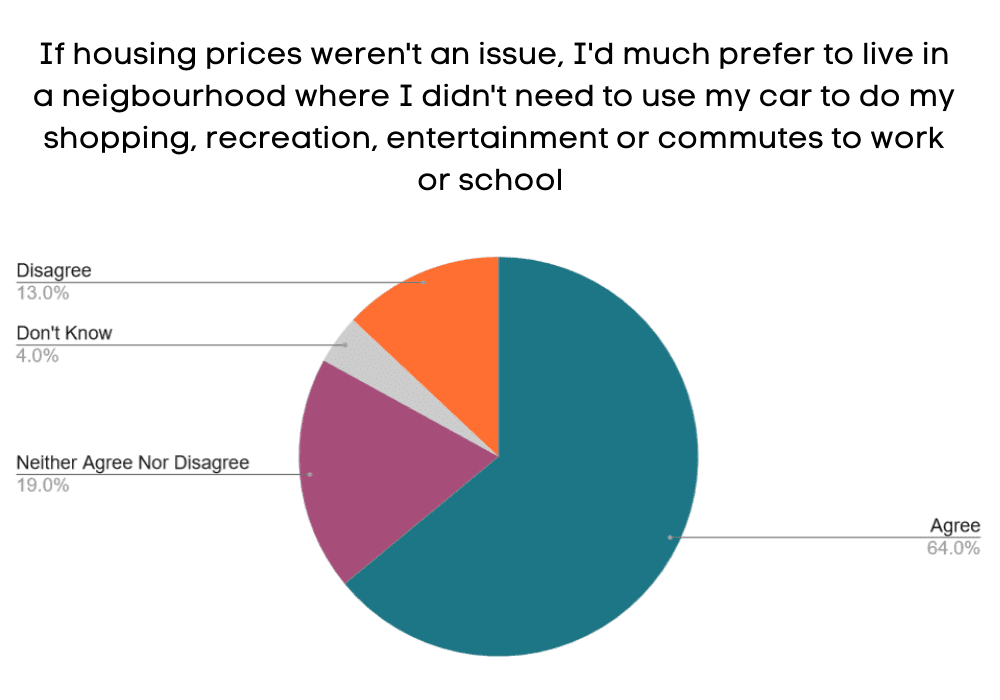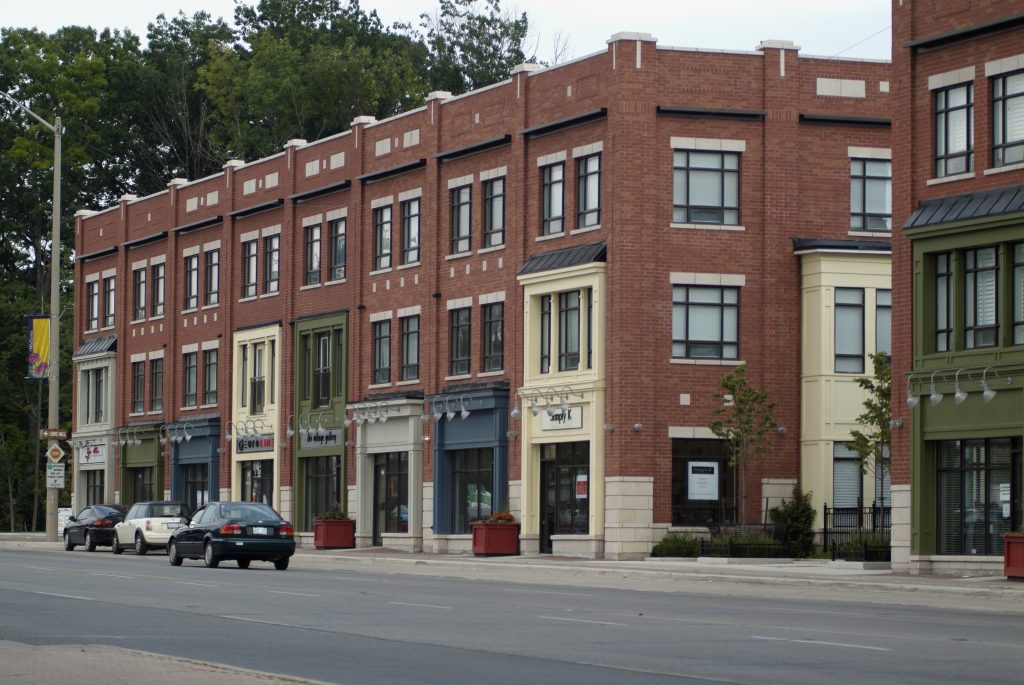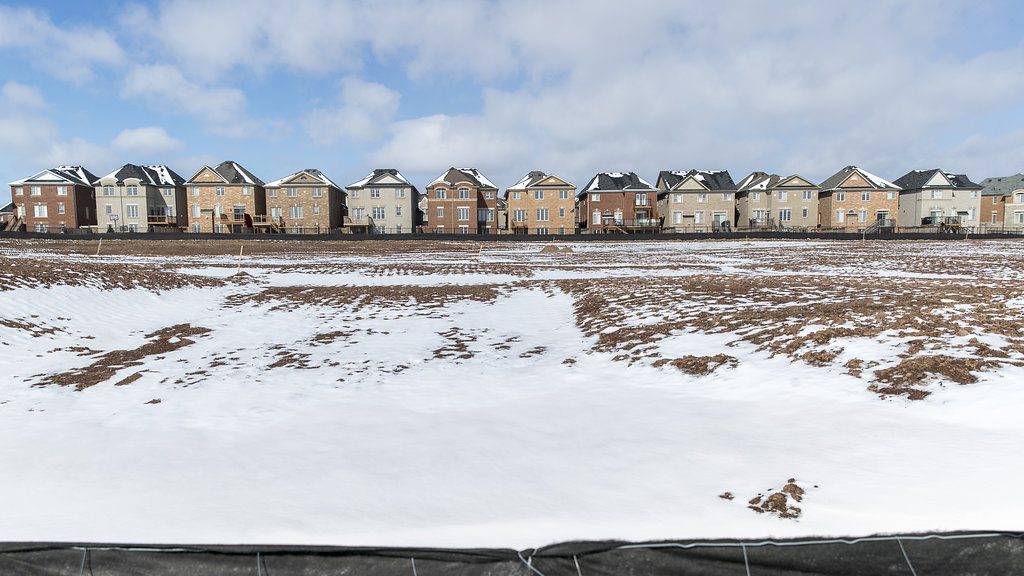It is possible to fight the Big Sprawl in the Greater Golden Horseshoe, because each step of the mandatory Lands Needs Assessments Methodology hangs either on uncertain inputs, (opening up a broad band of discretion rather than prescribing a single answer) or else hangs on inputs that can be controlled or influenced by municipalities themselves.
One question where this has a large impact on land needs assessment is that of future housing preferences. When fighting the Big Sprawl, it is essential to impress upon your planning department – and political decision makers – that the propensities of households in particular age groups to occupy particular forms of housing are highly uncertain, and also driven to a huge degree by the policies that municipal governments themselves adopt.
It should not be assumed the “market” has been building suburban tract housing in response to people’s own preferences. It is much more likely that people have been resigning themselves to suburban tract housing because our policies haven’t generated enough housing, and enough family housing, in particular, in the neighborhoods where they would prefer to live.
This is supported by professional polling of current GTA residents (n=1500). A strong majority of GTA resident (65 per cent, versus 15 percent who have other preferences) say they would “would much prefer to live in a neighborhood where [they] didn’t need to use a car to do [their] shopping, recreation, entertainment, or commutes to work or school” if only housing prices didn’t prevent this. That’s why 66 per cent of GTA residents find themselves living in neighborhoods where they “simply can’t get by without driving [their] car, even if it’s not their preference.

The vast disconnect between people’s preferences and the neighborhoods they actually live in is readily explained when we examine past land use planning policies. Through the 1980s and 90s and even through the early 2000s, Greater Toronto Area Municipalities’ policies made it much harder to build family sized units in high-rise, mid-rise, and missing middle buildings (3 to 6 story buildings) in existing neighborhoods, than it was to build detached or semi-detached homes on farmland and natural areas. People made do with car-dependent tract housing because that is what municipalities made easy to build and sell.

Many of the obstacles to providing the walkable, transit-oriented homes that people want are still in place, and removing them can be expected to increase the propensities of households to occupy more compact and efficient forms of housing. For example:
- Current policies still create tremendous red tape obstacles to the creation of new, modest and compact family sized 3-storey walk-ups, stacked townhomes and townhouses within existing neighborhoods. There is every reason to expect that “propensities” of households of childbearing age will shift to such units if municipal governments make it easy to build a large number of such units, and use that growth to turn existing neighborhoods into the more walkable, transit-oriented places even their existing residents say they would prefer to live in.
- Separately, current policies in most Greater Golden Horseshoe municipalities make it difficult to build smaller purpose-built apartments in the same immediate neighborhoods as existing single family homes. This makes it difficult for older residents to “downsize” within the same neighborhood, and thus discourages them from downsizing at all. Eliminating such constraints can be expected to decrease the “propensity” of older residents in a region to occupy single, semi-detached or town-homes with multiple empty bedrooms.
Learn more about the other uncertainties that make it possible to fight The Big Sprawl in the Greater Golden Horseshoe in these blogs:
Part 1: Unlocking the uncertainties in the Lands Needs Assessment Methodology









